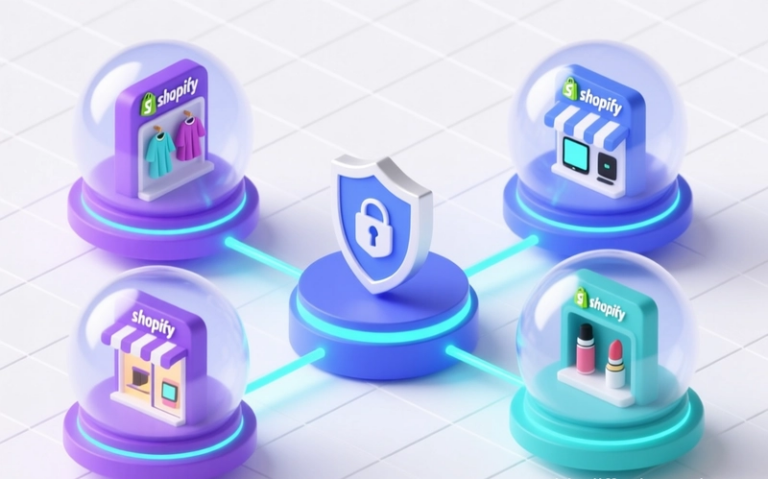Find Your Drift (Bolt.new Hackathon)
A visual debt-tracking and simulation app — built with by AI.
Debt isn’t static. Interest rates change. Payments drift. You put money in, you take money out—and suddenly your loan looks nothing like the one you started with. Most debt tools show you a snapshot—one number, one plan. But real debt drifts.I built Drift to help make that visible.
It’s a tool for seeing your debt clearly, tracking how it evolves, and simulating different ways to move forward.
That’s why I built Drift.
💡 What is Drift?
Drift is a finance productivity app that helps you see your debt clearly and understand how it changes over time. It’s built to answer questions like:
- What does my bond/morgage look different this month?
- What if I skip a payment—or make an extra one?
- What happens if the prime rate shifts by 0.5%?
- How much sooner could I finish paying off my loan?
It gives you one place to visualize and simulate your entire debt portfolio.
⚙️ Built With AI (and vibes)
I built Drift as part of a the Worlds Largest Hackaton using Bolt.new, a platform that turns prompts into working applications. I leaned into the AI-heavy approach—not micromanaging the implementation, but instead focusing on clearly expressing the goal. Sometimes I was even deliberately vague just to see what initiative the AI would take.
The result? A prototype that’s imperfect but real. And most importantly: useful.
🚀 My Goal
This wasn’t just a test of product ideas—it was more a test of process. Could I hand over most of the deveopment to AI, and still ship something real?
I used Bolt.new, gave it vague but intentional prompts, and tried to act more like a director than a developer (which is quite hard as a technical person). I didn’t stress about clean code or best practices (OMG, even harder). I focused on outcomes. The goal wasn’t to craft a scalable system—it was to see if I could turn a complex financial concept into something usable, quickly.
🧪 What I’ve Learned So Far
1. Letting go is hard (and valuable)
I’m used to shaping every detail of a codebase. Letting AI make decisions—naming things, choosing structure, even picking libraries—felt unnatural. But once I stopped resisting, the project moved faster. The code wasn’t always pretty (hell, it still isnt pretty), but the outcome was.
2. Clarity of intent is everything
The more clearly I could describe what I wanted the app to do, the better the AI delivered. I didn’t need to micromanage. I needed to explain my goal like I would to a teammate. That was a shift: less about specs, more about vision.
But even when I wasn’t clear, Bolt.new had my back. Its “Enhance Prompt” feature let me turn stream-of-consciousness brain dumps into structured, actionable instructions. I could write like I think—and let the AI clean it up. That lowered the barrier to trying ideas quickly without slowing down to get the phrasing perfect.
3. You can build something real without building it “right”
I didn’t optimize, architect, or even test properly. I just shipped. And what I shipped does something useful. That’s liberating—and a reminder that polish can come later.
4. Debt is weird and personal
Modeling debt isn’t just numbers. It’s behaviors. Skipped months, random withdrawals, inconsistent rates. Even just visualizing that mess makes a difference—it makes people feel more in control of something that is usually invisible.
🌱 What’s Next for Drift
Drift is still in development. Right now, it allows users to simulate a single loan in a static way—great for testing scenarios, but just the beginning.
Here’s what’s coming next:
User profiles & multi-account support: I’m currently working on the ability to create a personal profile and track multiple debt accounts of different types—bonds, credit cards, student loans, and more.
Per-account simulations: Once account tracking is in place, I’ll expand simulations so you can test “what if” scenarios on each loan independently, with custom settings.
AI-powered repayment strategies: I plan to integrate AI to suggest tailored repayment approaches based on your loan profile and goals—minimize interest, finish faster, or free up cash.
Future ideas
Long term, I’d love to:
- Track prime interest rate changes automatically
- Add a “partner mode” so you can plan with a spouse or business partner
- Explore bank integrations for live data and auto-tracking (who knows—maybe even budgeting or forecasting tools)
💬 Final Thoughts
Drift is still early—but it’s already useful. It takes debt out of the shadows and puts it on a canvas. You can tweak, simulate, compare. You can see your drift—and once you can see it, you can start steering it.
This was built for a hackathon, but I hope it becomes something more.
Thanks for reading — and if you’ve ever felt overwhelmed by the messiness of debt, I hope Drift gives you a little bit of clarity.

